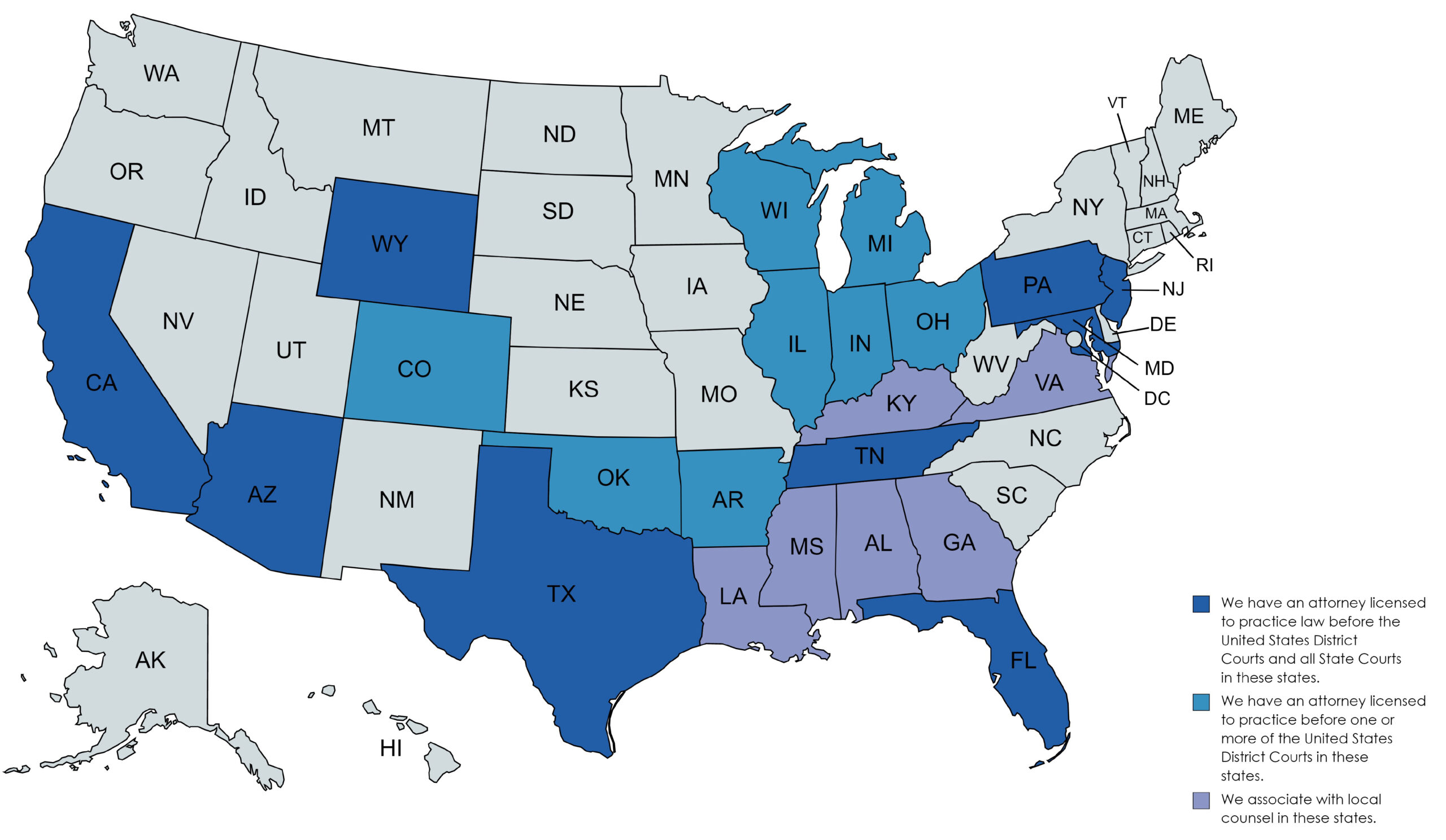Estate Planning
Tax Considerations (2025)
Free Consultation Available
Tax Considerations in Estate Planning: 2025 Playbook
A thoughtful estate plan does more than name heirs—it minimizes the drag of federal, state, and income taxes so your wealth reaches loved ones intact. Below is a client-friendly overview of the key tax angles you (and your advisors) should review as you build or refresh your plan.
1. Federal Estate, Gift & GST Taxes
| 2025 rule | What it means | Planning moves |
|---|---|---|
| Lifetime estate-and-gift exemption – $13.99 million per person | Transfers above this amount (during life or at death) are taxed at up to 40 %. | – Use today’s high exemption to “freeze” future appreciation via GRATs, SLATs or outright gifts. – Elect portability on the first spouse’s return so the survivor can stack unused exemption. |
| Annual gift exclusion – $19,000 per recipient | You can give this amount to unlimited people each year with no gift-tax filing. | Front-load 529 college plans, fund ILIT premiums, or drip gifts to reduce a taxable estate pain-free. |
| OBBBA bump to $15 million in 2026 (permanent, inflation-indexed) | Congress locked in a higher threshold and scrapped the old “2026 sunset” cliff. | If your net worth is pushing $15 M+ ($30 M+ married), begin lifetime transfers now so future growth outpaces the cap. |
Generation-skipping transfer (GST) tax shares the same exemption but is separate—vital if you want assets to leapfrog children and land in trusts for grandchildren.
2. State Estate & Inheritance Taxes
Twelve states plus D.C. still levy their own estate tax—often with exemptions far lower than the federal level (e.g., $2 M in Massachusetts). Six states impose an inheritance tax on recipients.
Tip: If you own property in (or may retire to) a tax-happy state, consider:
Revocable trusts to avoid ancillary probate and isolate state-tax situs.
Life-insurance liquidity inside an ILIT to cover state tax bills without a fire-sale.
Changing domicile—but follow bona-fide residency steps (driver’s license, voter reg, time-spent test).
3. Income-Tax Angles Often Overlooked
| Item | Tax lever | Why it matters |
|---|---|---|
| Step-up in basis | Most appreciated assets get a basis reset to fair-market value at death, erasing prior capital gain. | Holding low-basis stock or real estate until death can beat gifting it during life. |
| Income in Respect of a Decedent (IRD) – retirement plans, deferred comp | Beneficiaries owe ordinary income when they withdraw. | Use a see-through (conduit or accumulation) trust to control timing under the SECURE Act 10-year rule; consider Roth conversions during low-bracket years. |
| Compressed trust brackets | Trusts hit the 37 % top bracket at about $15 k of retained income. | Distribute income to lower-bracket beneficiaries when appropriate, or design the trust as a grantor trust so the settlor pays the tax and the assets grow tax-free for heirs. |
4. Asset-Specific Strategies
| Asset type | Common tax-savvy tools |
|---|---|
| Highly appreciated stock | Charitable Remainder Trust (CRT) or Donor-Advised Fund to bypass capital-gain tax and create income. |
| Closely-held business | Freeze value with a GRAT or Family-Limited Partnership; use a Buy-Sell Agreement funded by insurance. |
| Primary/vacation home | Qualified Personal Residence Trust (QPRT) shifts future appreciation outside the estate while reserving occupancy. |
| Life-insurance proceeds | Irrevocable Life-Insurance Trust (ILIT) keeps the death benefit outside the taxable estate. |
5. Charitable & Philanthropic Levers
Qualified Charitable Distributions (QCDs) from IRAs (age 70½+) avoid income tax and count toward RMDs.
Charitable Lead or Remainder Trusts split benefits between charity and family, securing income-, gift-, and estate-tax deductions.
Bunch-ing gifts into one tax year (or via a Donor-Advised Fund) maximizes itemized deductions while standard deductions are high.
6. Record-Keeping & Timing Best Practices
Document basis and holding periods—especially for inherited assets.
Review beneficiary designations annually; TOD/POD forms override your will.
File Form 709 for gifts above the annual exclusion so the IRS tracks your remaining lifetime exemption.
Coordinate with professionals—estate attorney, CPA, and financial advisor—so trusts, titling, and tax filings tell the same story.
Bottom Line
Taxes won’t drive every estate-planning decision, but ignoring them can cost heirs 40 % or more of what you meant to leave behind. Start with an honest net-worth snapshot, map your federal and state exposure, then layer the right tools—trusts, lifetime gifts, charitable vehicles—so more of your legacy lands where you want it.
Need a personalized tax-efficient roadmap?Schedule a consultation and let’s tailor strategies to your family, your balance sheet, and today’s evolving tax code.



